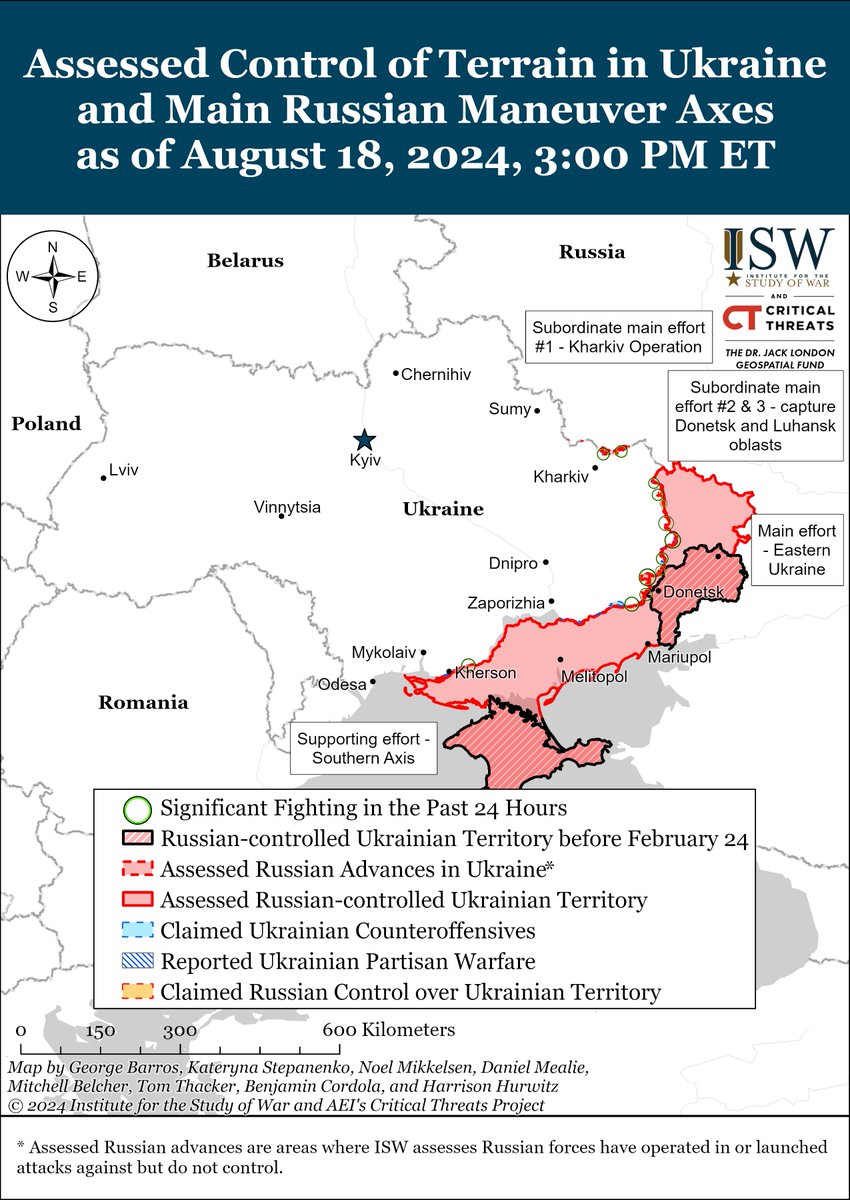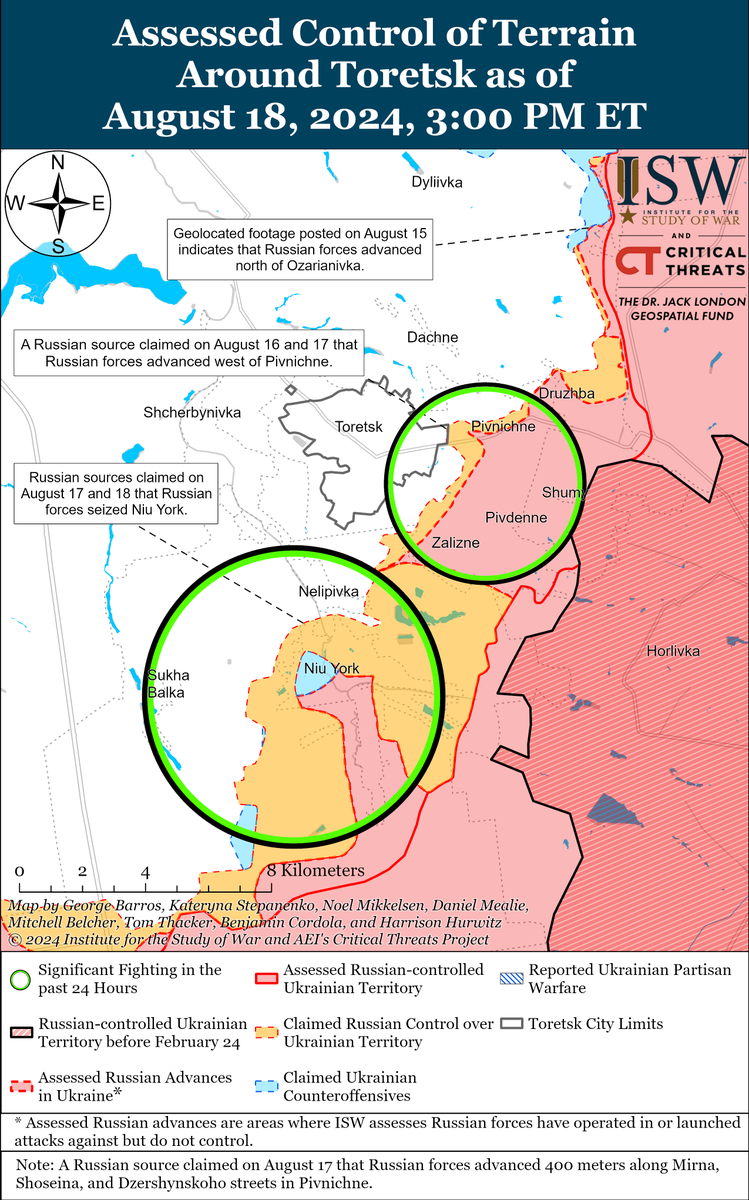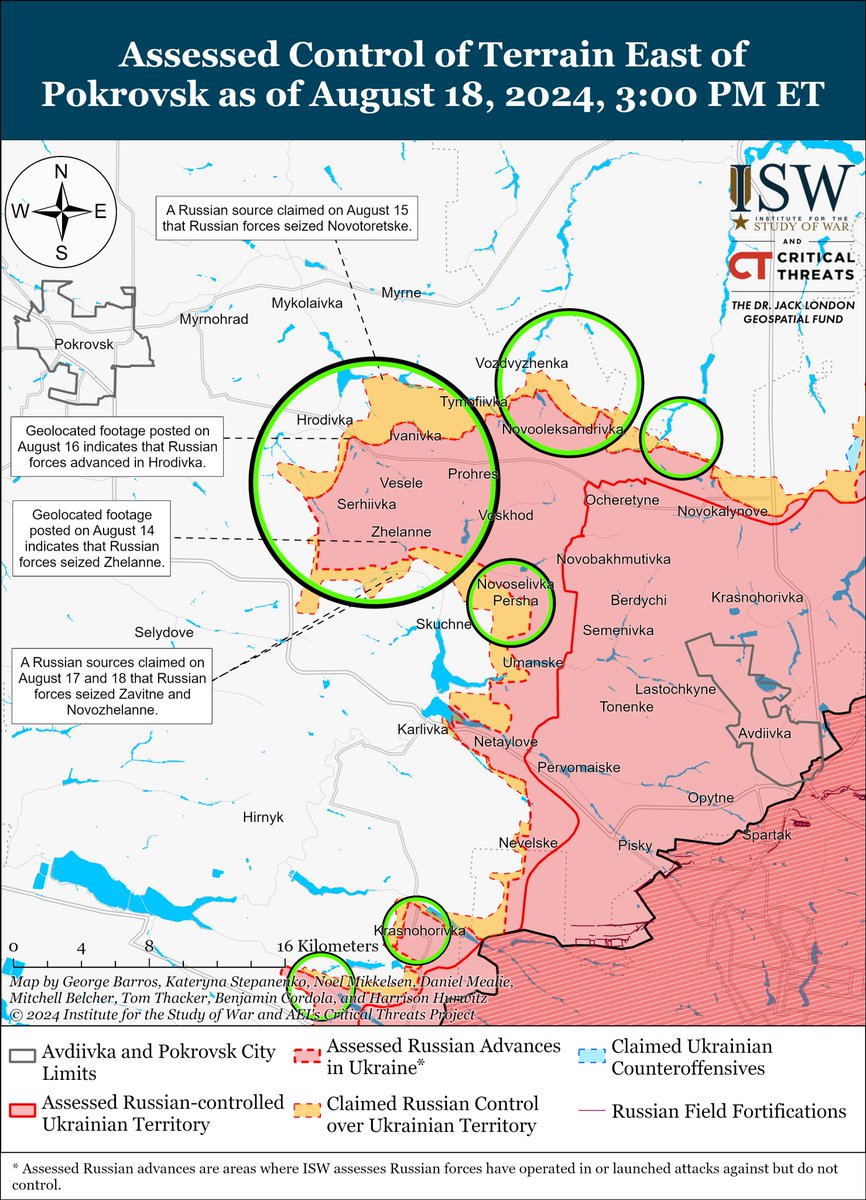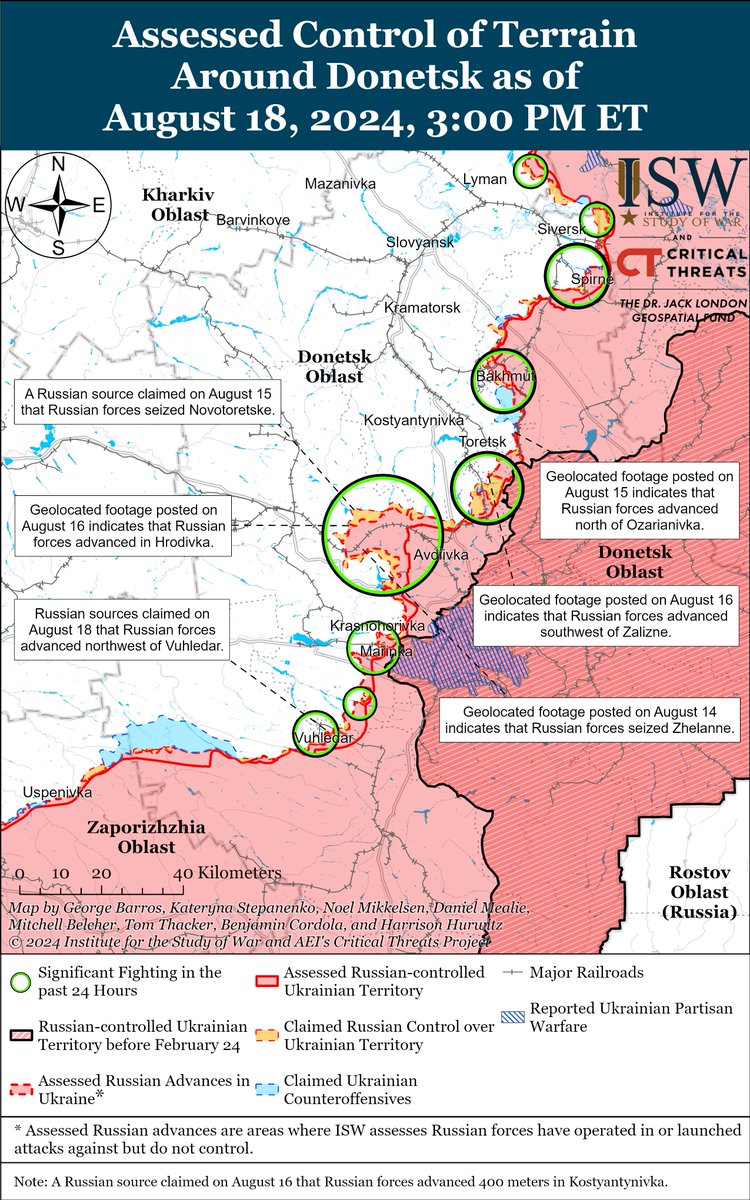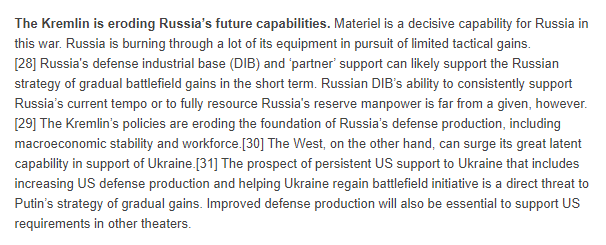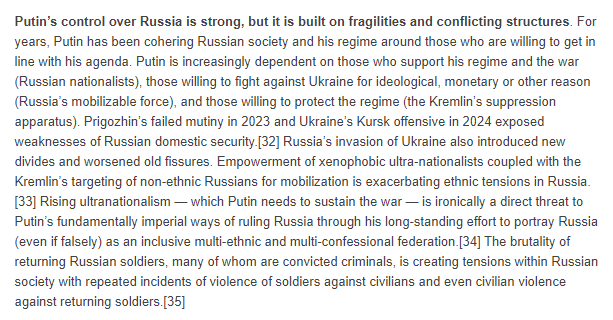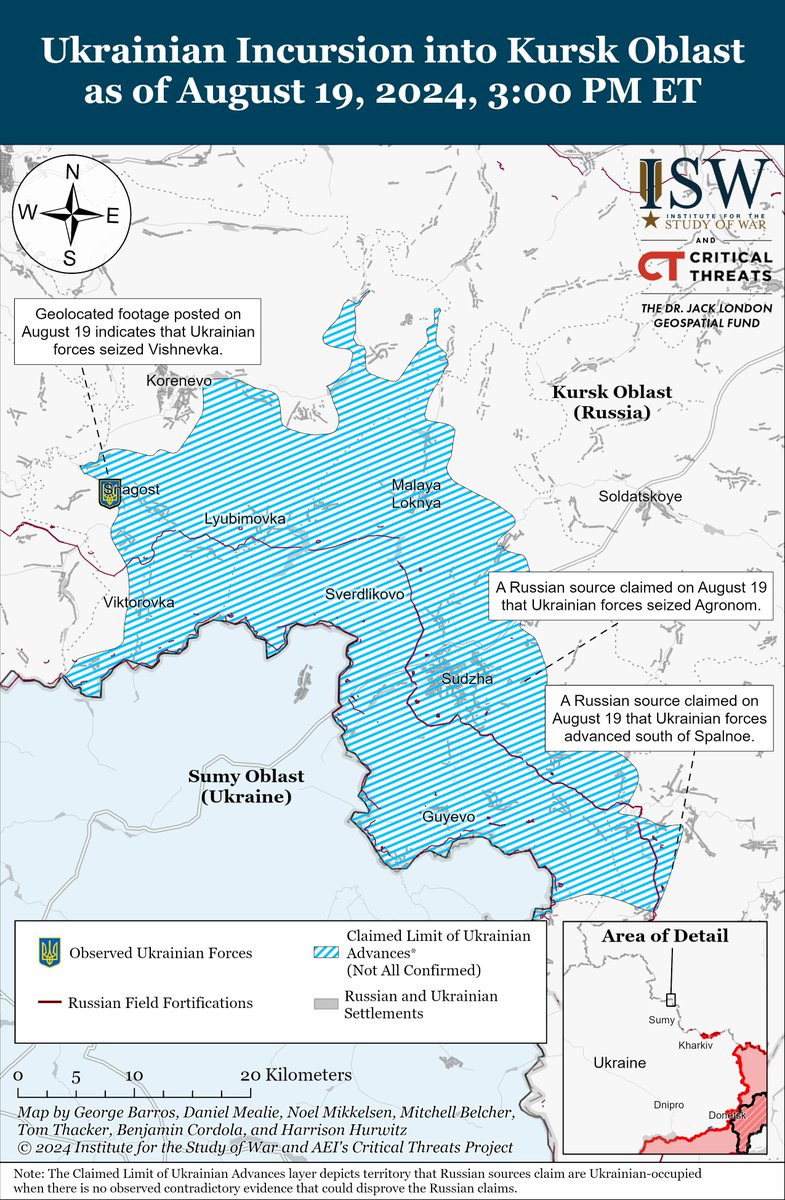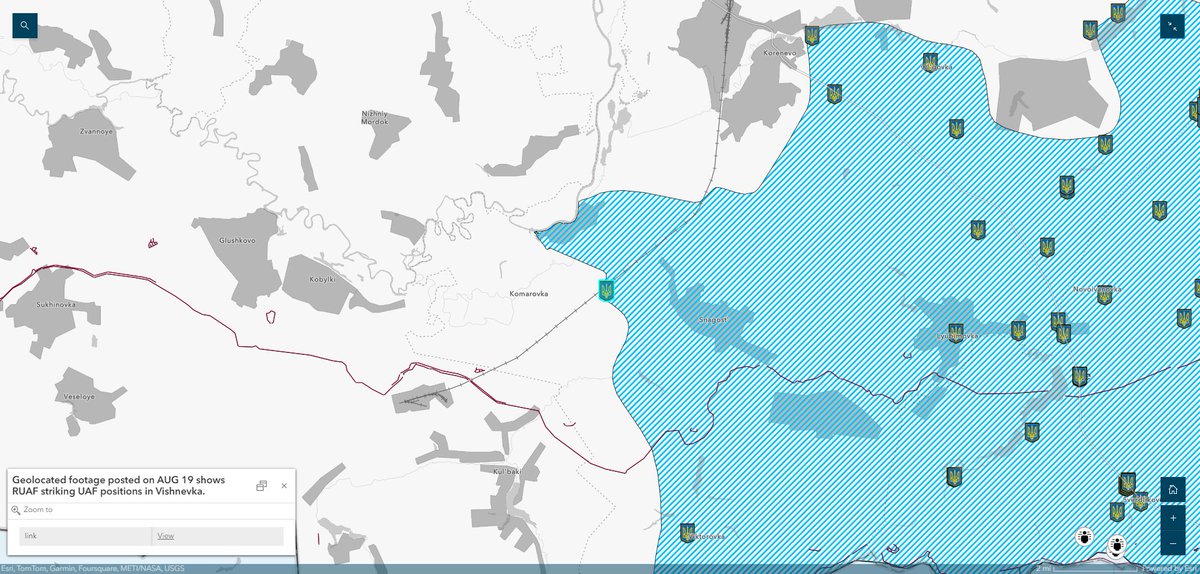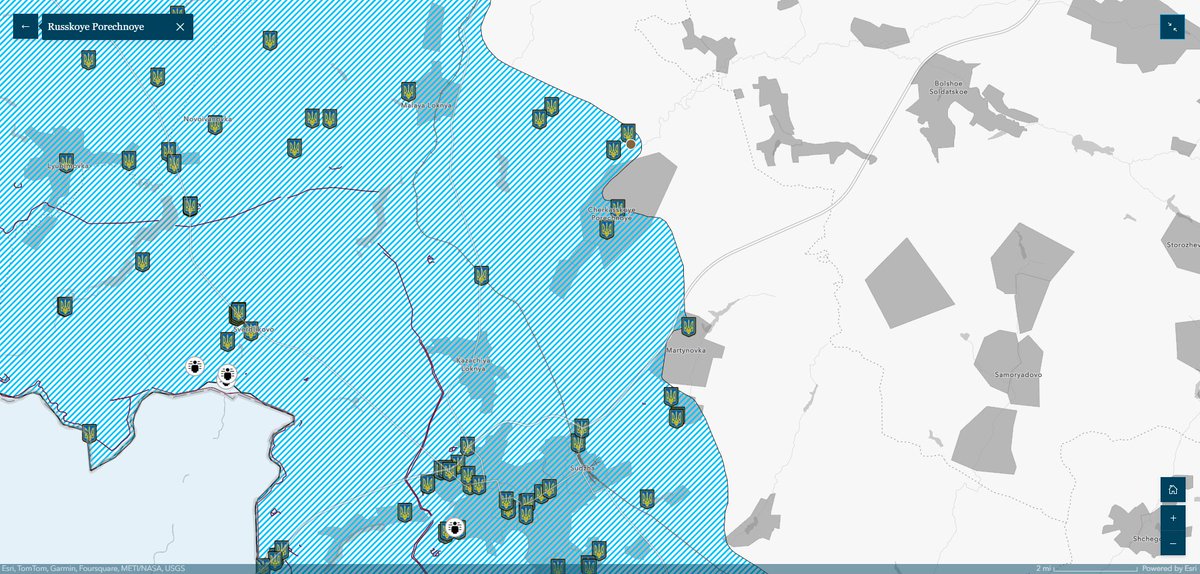NEW: Ukrainian forces continued assaults throughout their salient in Kursk Oblast on August 18 and marginally advanced southeast of Sudzha.
Kursk Tactical Updates 🧵(1/10)
Kursk Tactical Updates 🧵(1/10)
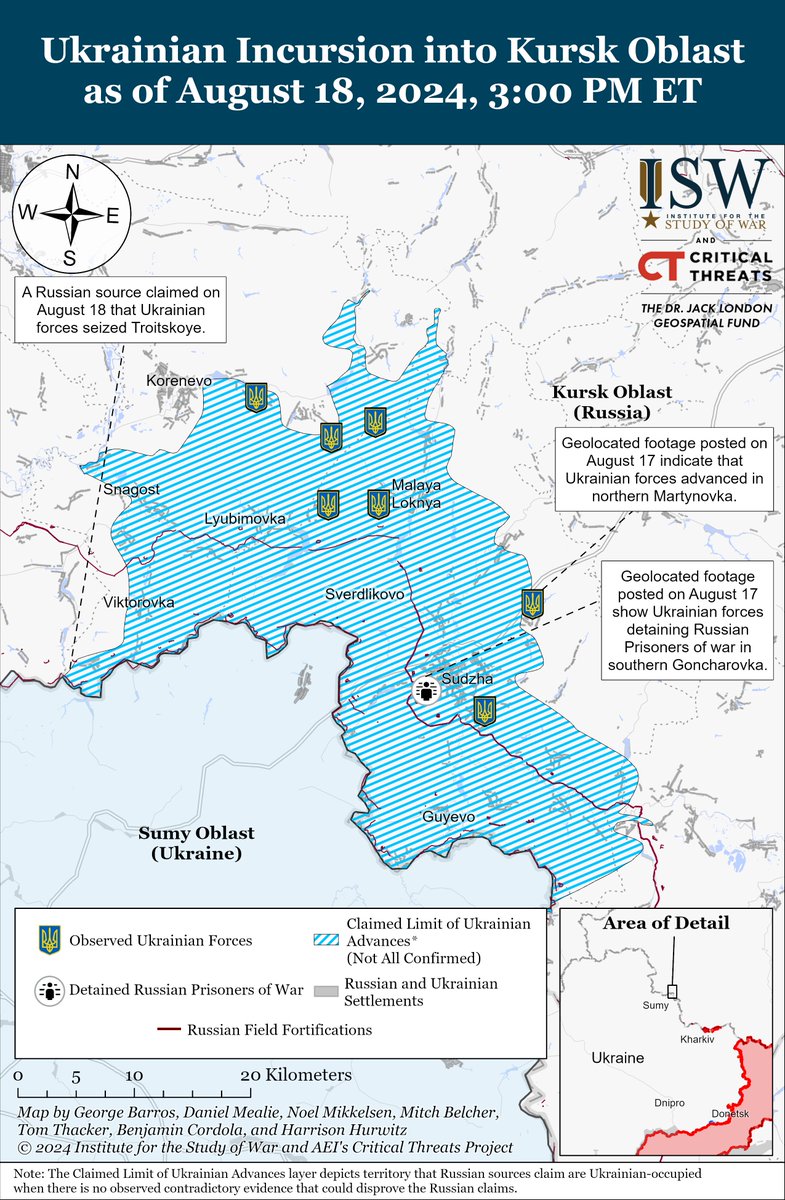
2/ Geolocated footage published on August 17 shows Russian forces striking a Ukrainian armored vehicle in northern Martynovka (northeast of Sudzha), indicating that Ukrainian forces recently advanced into northern Martynovka. 
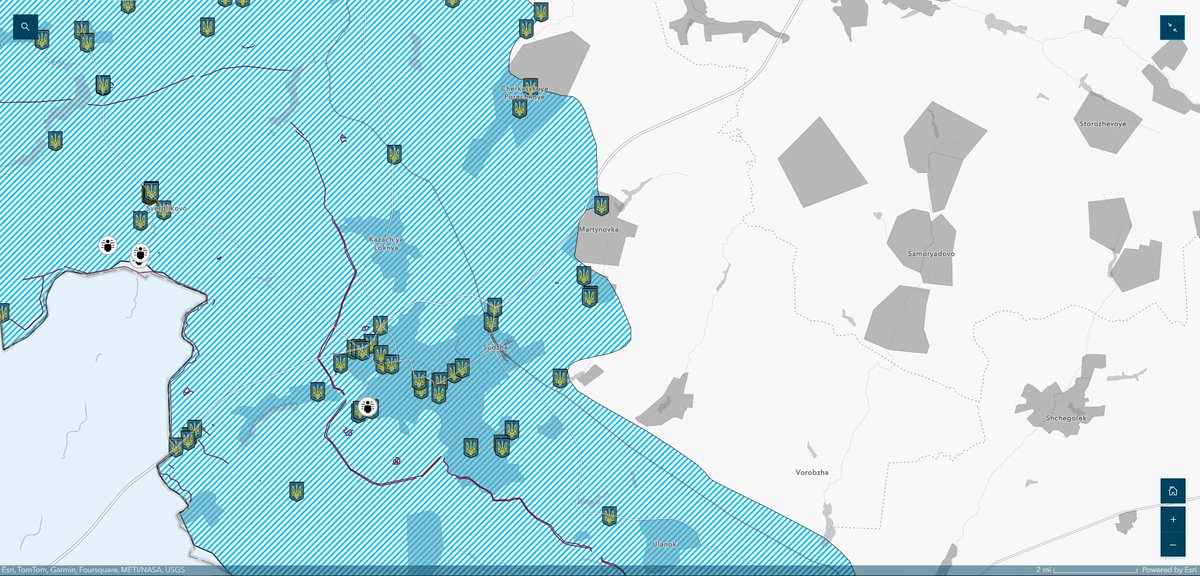
3/ A Russian milblogger claimed on August 18 that Ukrainian forces seized Troitskoye (south of Korenevo and roughly two kilometers from the international border) and advanced to Semenovka (north of Sudzha and roughly 24 kilometers from the international border).



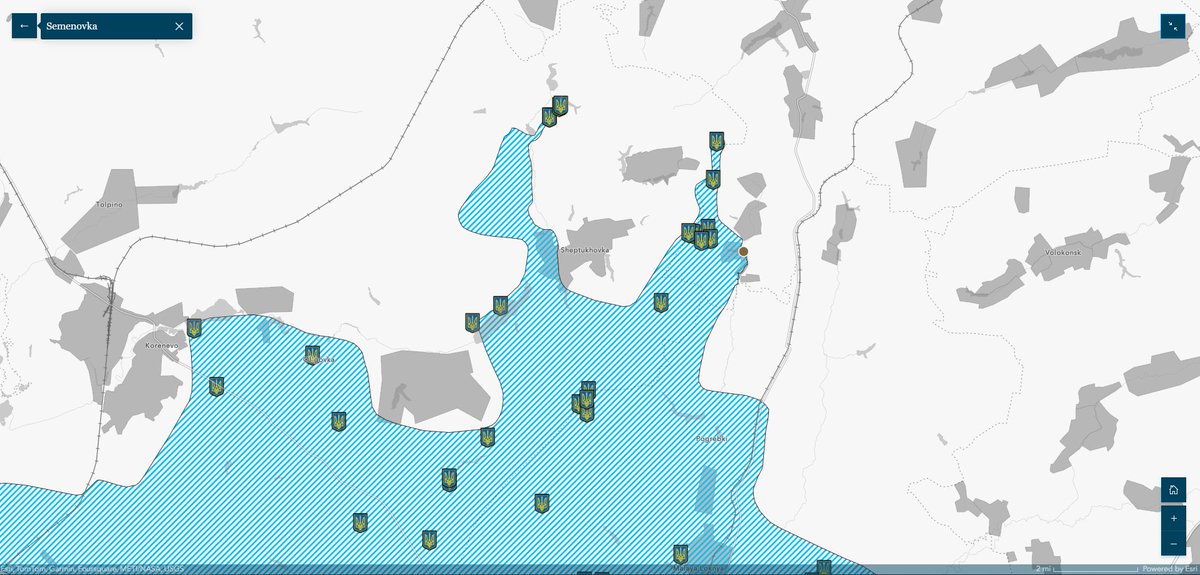
4/ The Russian Ministry of Defense (MoD) and Russian milbloggers claimed that Ukrainian forces conducted assaults on the outskirts of Korenevo, southwest of Korenevo near Komarovka; east of Korenevo near Olgovka; northeast of Korenevo near Alekseevsky, Safonovka, Kromskiiye Byki, Kauchuk, and Sheptukhovka; north of Sudzha near Cherkasskoye Porechnoye and Russkoye Porechnoye; and southeast of Sudzha near Ozerka, Giri, and Borki.

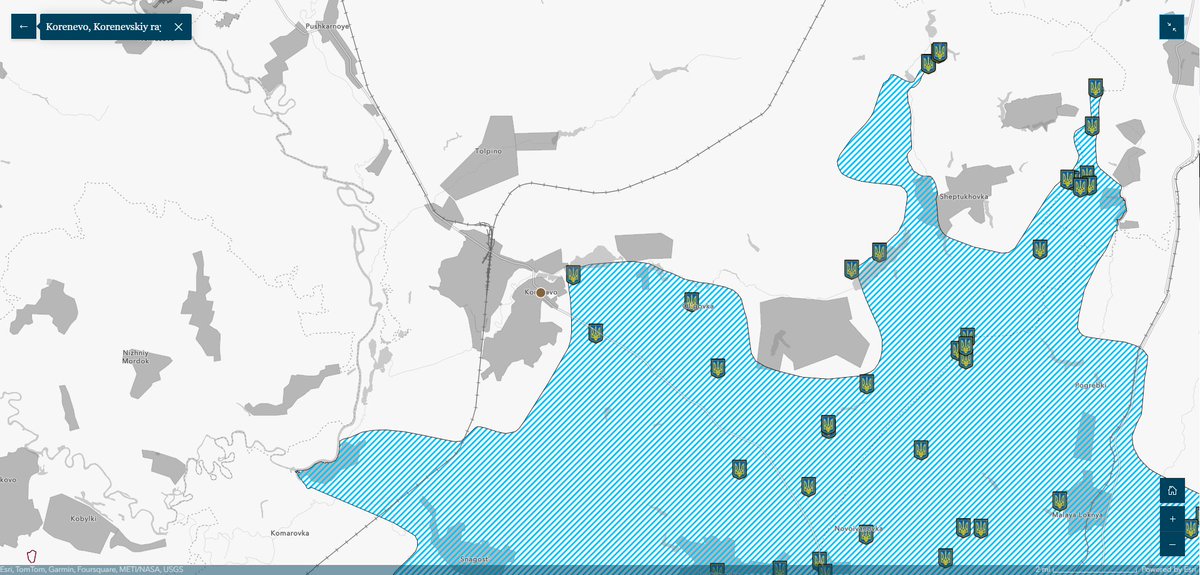
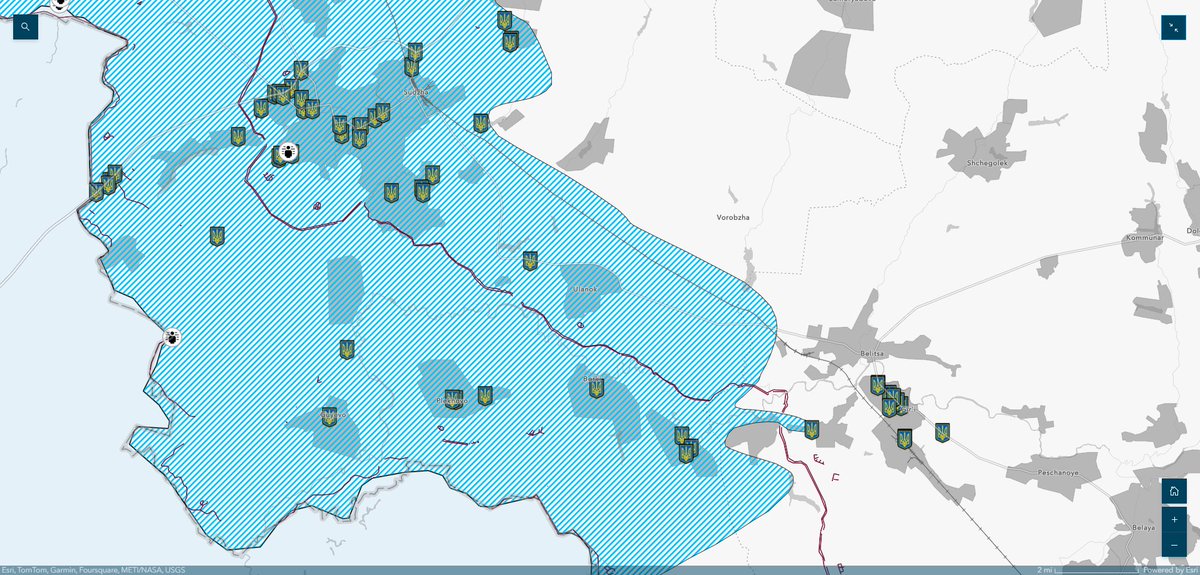
5/ Geolocated footage published on August 17 and 18 indicates that Ukrainian forces continue to operate throughout the maximalist claimed limit of Ukrainian advances within Kursk Oblast.
6/ A prominent Russian milblogger claimed that there are unconfirmed reports that Ukrainian forces entered Otruba (north of Tetkino and on the west [right] bank of the Seim River), and another Russian milblogger claimed that Ukrainian forces are operating near Tetkino.


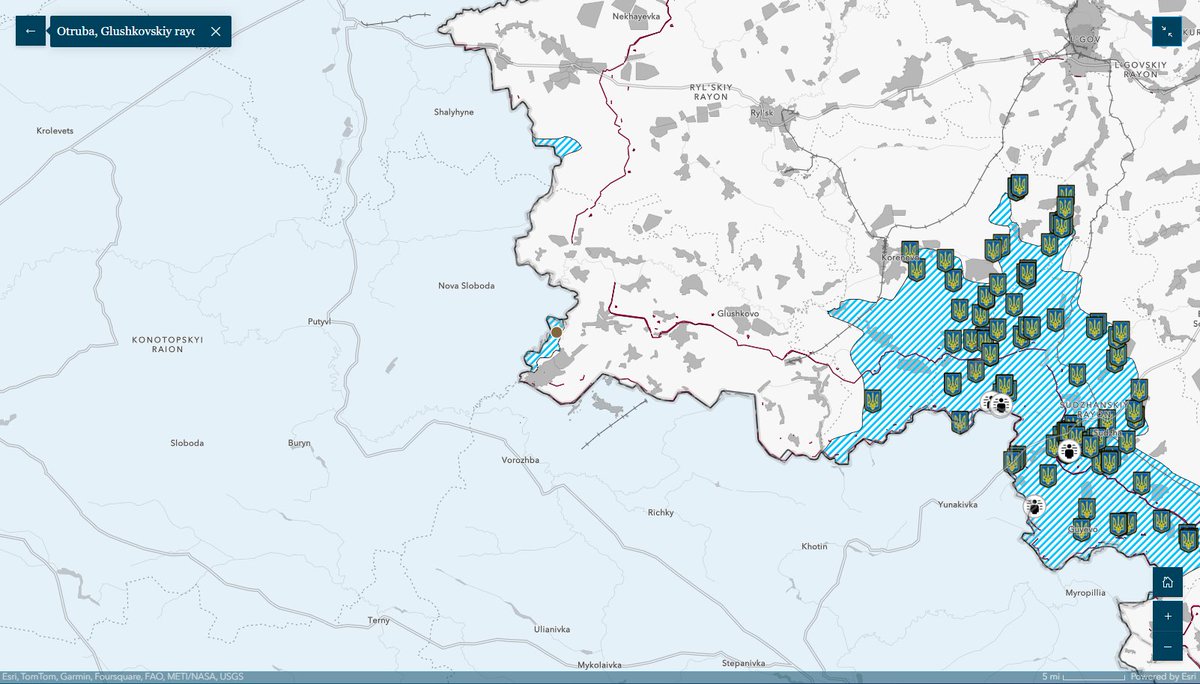

7/ Ukrainian Air Force Commander Lieutenant General Mykola Oleshchuk posted geolocated footage on August 18 showing Ukrainian forces conducting an airstrike against a bridge across the Seim River in Zvannoye (southeast of Korenevo), creating a large hole along the roadway. 
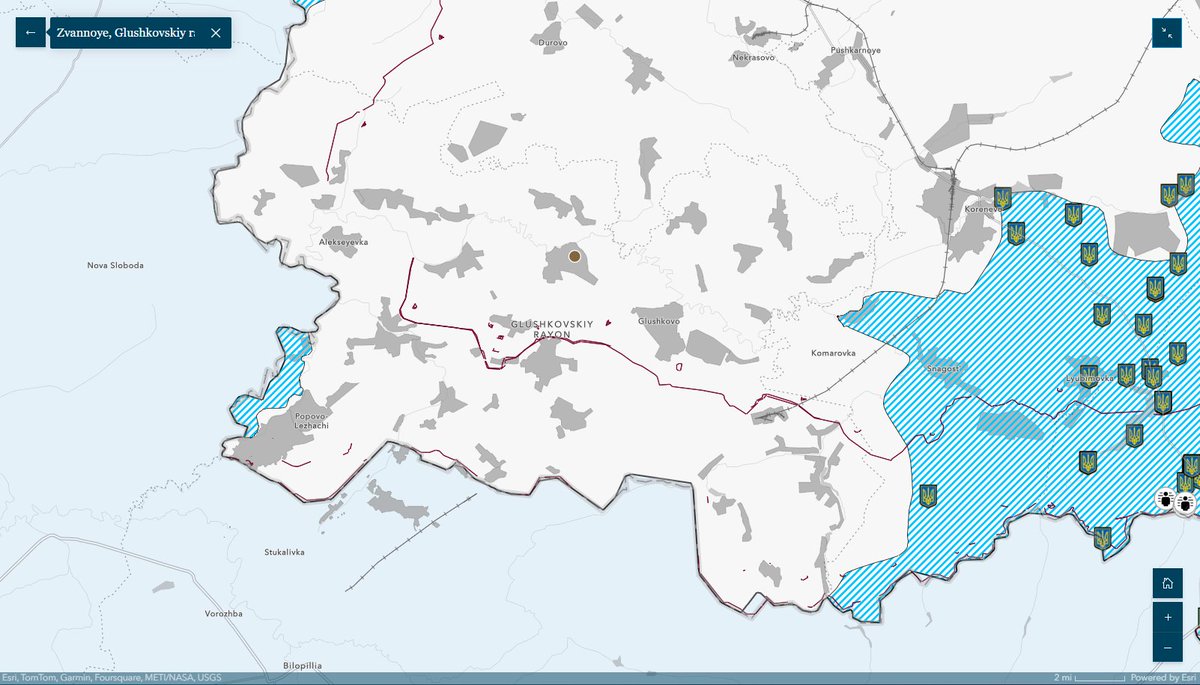
8/ Russian milbloggers and opposition media disagreed about the impact of the damage on Russian logistics, with some sources claiming that the strike only partially damaged the bridge, while others claimed that the strike rendered the bridge unpassable and that there is only one other usable bridge left in the area near Karyzh (west of Zvannoye).
9/ Ukrainian forces destroyed a bridge across the Seim River in Glushkovo (southeast of Zvannoye) and reportedly struck but did not destroy the Zvannoye bridge on August 16.
https://x.com/TheStudyofWar/status/1824627001526751399
• • •
Missing some Tweet in this thread? You can try to
force a refresh

